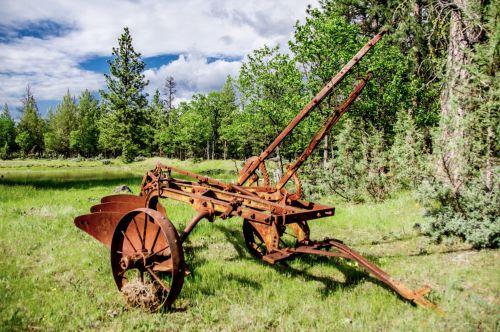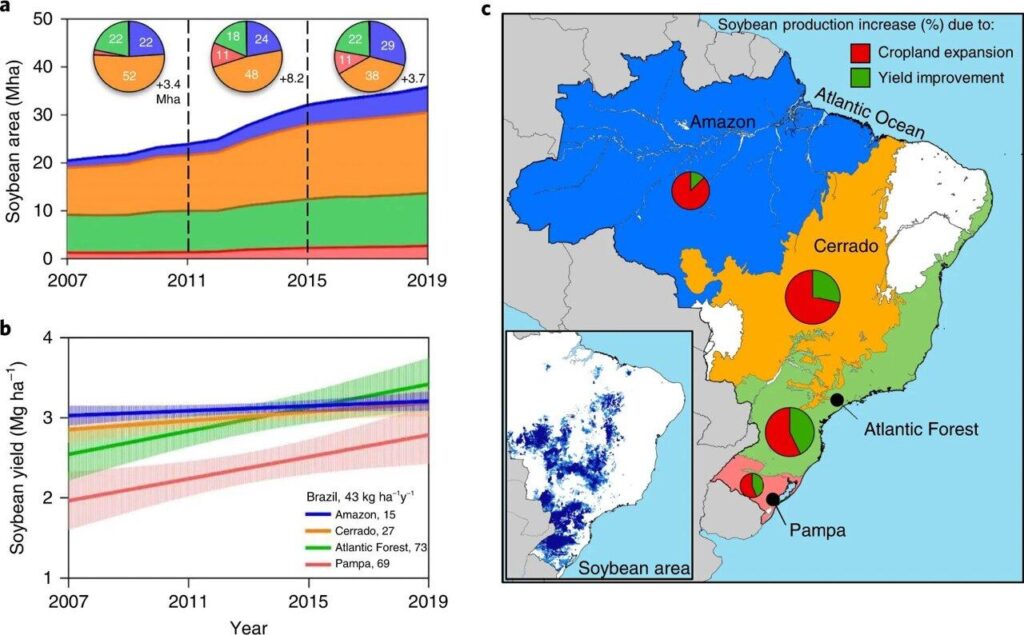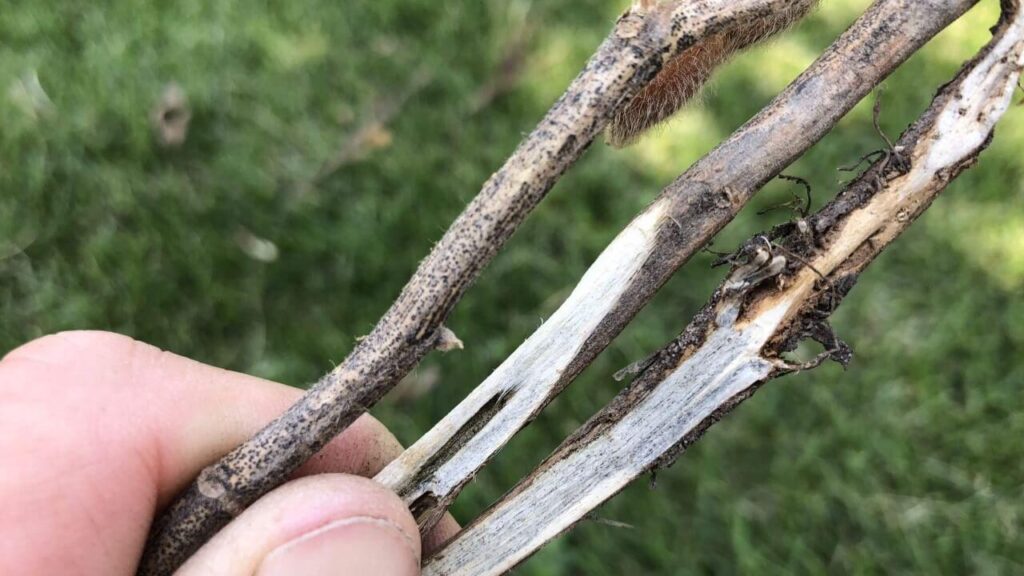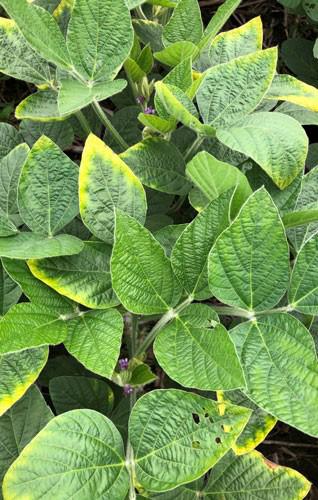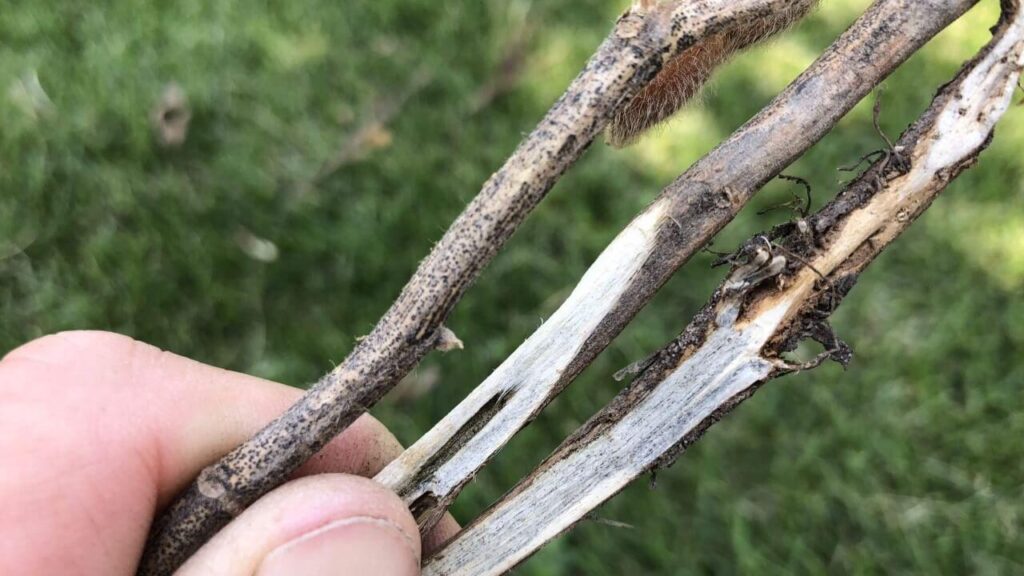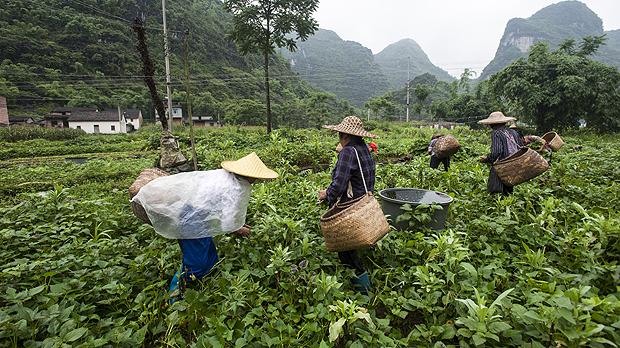Shifting Horizons: Soybean Farms in Delaware Go Digital
About two decades ago, farmers in Delaware probably would’ve laughed at the thought of analyzing fields from outer space or letting a computer recommend when to fertilize. Today, soybean producers across the First State find themselves riding the crest of a technological surge unsettled by satellite intelligence and artificially trained algorithms. The upheaval is subtle on first look—tractors still roll before dawn, hands still check for soil friability—but beneath those routines churns a new mindset.
From Gut Instinct to Digital Prognosis
Delaware plants roughly 175,000 acres of soybeans each year. Traditionally, these fields depended on generational wisdom paired with weather radio and notebook calculations. Now that’s shifting. AI-based farm tools like JEEVN AI arrive not as mere add-ons but as pivotal sources which gather satellite data, local climatic readings, agronomic details unique to each parcel—in essence, a digital consultant living upstream from intuition.
Even so, skeptics abound at first pass. “I’ve walked this land longer than my pickup,” veteran growers will say with half an eye roll while scrolling through real-time maps on their phones.
Elbow Room for Satellites: Seeing Soybeans From Afar
Satellites flickering overhead aren’t just watching global headlines; they scrutinize soybean canopy health with more impartiality than any field scout could afford during June heat waves. Satellite-derived snapshotting detects chlorophyll collapse miles above–a farmer twenty years back might call that witchery.
JEEVN AI integrates all this cosmic spying with hyper-local context: rainfall trends measured against historical drought spells and then fused with data like stalk width or leaf coloration patterns usually recorded by hand. These blended insights aren’t filed away for next season—they inform irrigation tweaks before lunch break ends.
Oddly enough (or perhaps naturally), these remote-sensing assets sometimes get used where hand counts once ruled; even aerial pest detection occurs weeks before symptoms climb above whisper-level—just ask anyone who caught red crown rot via AI ahead of visible wilt lines.
Uncommon Upheavals: Pest Control With Fewer Chemicals?
Biosecurity sharpens too as patterns emerge faster than aphids spread through township borders. Algorithms attuned via years’ worth of spectral imagery accurately flag zones yearning for more potassium or showing signs of incipient blight—a shift resulting not only in higher yields but less reliance on chemical blitzes previously considered unavoidable practice.
The swift decline in agrichemical misapplication brings financial breathing room but also ecological relief rarely highlighted in glossy brochures. How often do you hear about microbe populations bouncing back because software recalibrated fungicide rotation across random grid intervals?
Complexity Breeds Peculiar Benefits
It’s important to note (although some would grumble otherwise) that precision farming doesn’t erase uncertainty entirely—it merely shifts its focal point onto sensor alignment checks and algorithmic debugging sessions conducted over lukewarm coffee instead of fencepost whittling at dusk.
Sometimes systems spit out results oddly specific—a suggestion to delay planting three days due to anomalous cumulative solar radiation last April feels capricious until explained by models running hundreds of nonlinear regressions per minute.
You’d expect adoption among young tech-savants but the technology entices older generations too—particularly when it saves time spent mired knee-deep retrieving rainfall gauges after every third thunderstorm spurt.
It may sound like something caught between Heisenberg’s uncertainty principle and your Uncle Larry’s toolbox; yet practical effects trundle along anyway.
A Swerve Into Cultural Memory Lane
Old-timers trading stories about their best seasons occasionally reference baseball statistics—the batting averages weighed against fielding prowess—to make sense of weather vagaries now logged automatically by satellites archiving decades’ worth of growing degree days beside farm yield maps. As if memory had finally shaken hands (awkwardly) with math.
And those sidelong glances towards futurism? Sometimes surprising details sneak into daily conversation: A mention slips out about using Python scripts (“like programming VCRs except harder”) out behind sheds where seed bags stack haphazardly under blue tarps.
Some farms experience hiccups—critical software upgrades colliding inconveniently mid-harvest prompt tales reminiscent of waiting for rain while hay wilts under stifling sunshine—a minor frustration quickly eclipsed when predictive crop modeling beats long-held assumptions left over from another century altogether.
The Quiet Revolution Rolls Onward
Nowhere does change feel less glamorous—and yet more necessary—than farm country girding itself for tomorrow around breakfast tables overflowing with yield charts printed off last night’s cloud upload. In Delaware soybeans have started whispering different tales; sometimes told through errant data points drifting across satellite feeds during thunderstorms none saw coming last week—even though forecasts said otherwise several times already that month.
This digital reimagining isn’t polished nor always proportional—but amid patchwork progress one finds gritty optimism stubborn as crabgrass clinging after winter snowmelt—a harbinger certain technologies have put down roots deep enough unlikely storms cannot easily dislodge them again anytime soon.

